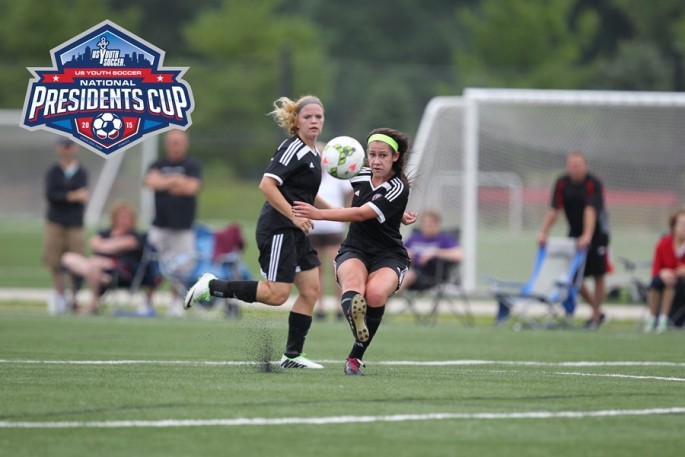A new study has examined a decade of data about the causes of concussions during high school soccer games, discovering that a heading ban could decrease head injuries. However, a better improvement would the enforcement of rules about various types of player-to-player contact
The research was conducted by a group of doctors in the Denver region. It was published in JAMA Pediatrics.
Findings of the study could differ from those of a campaign by women soccer stars. Their goal is to end headers for players aged 14 years old and lower.
In fact, there is a growing public movement to ban heading from all youth soccer, according to KSTP. That put the new study in the spotlight.
The academic paper is based on data collected starting in 2005, which included over 1,000 soccer concussions on the high school level. It learned that banning headers could prevent 30 percent of concussions, according to The Washington Post. However, many more could be stopped by enforcing rules that limit contact among players.
Dawn Comstock of the University of Colorado said that many people thought that banning soccer heading could make the sport safe. Comstock wondered if there was supporting evidence.
Another study in line with the women's World Cup tracked 59 concussions cases from junior-high soccer players in Washington State. It concluded that around 30 percent of those injuries could be stopped by banning heading.
Constock's results were similar. However, her study used a full data set and reviewed several types of injuries that high school athletes suffered in many sports.
The study's authors have some concerns about a soccer heading ban. One is that different injuries could occur as players make moves to avoid contacting the soccer ball with their heads.



























